In today’s digital age, many of us spend hours upon hours in front of screens, be it for work or leisure. While the advancement of technology has undoubtedly brought numerous benefits, it has also given rise to a new concern known as digital eye strain. This phenomenon has led to an increased reliance on glasses designed specifically to alleviate the symptoms associated with staring at screens for extended periods. In this article, we will explore the role of glasses in reducing digital eye strain.
Digital eye strain, also referred to as computer vision syndrome, is a condition characterized by blurred vision, dry eyes, headaches, and neck and shoulder pain. It is caused by the prolonged use of digital devices such as computers, smartphones, and tablets, which emit blue light that can be harmful to our eyes. This blue light, also known as high-energy visible (HEV) light, affects our sleep patterns and can lead to long-term eye problems if not addressed properly.
Many eyeglasses manufacturers have recognized the need for specialized lenses to combat digital eye strain. These lenses, often labeled as blue light blocking glasses or computer glasses, are designed to filter out the harmful blue light emitted by screens. By doing so, they reduce the strain on our eyes and minimize the symptoms associated with digital eye strain.
Blue light blocking glasses work by incorporating a special coating on the lenses that selectively filters out the high-energy blue light. This coating is typically yellow or amber in color, as these hues are effective in blocking the blue light range. By wearing these glasses when using digital devices, users can reduce their exposure to blue light and subsequently decrease the likelihood of experiencing eye strain.
Moreover, some eyeglasses manufacturers go beyond blue light filtration and offer lenses with additional features. For example, some glasses have an anti-glare coating that eliminates the reflective glare from screens, further reducing eye strain. Additionally, certain lenses incorporate a slight magnification, which can help alleviate the strain caused by focusing on close-up objects for a prolonged period.
It is important to note that while blue light blocking glasses can certainly reduce digital eye strain, they are not a cure-all solution. Regular breaks from screen time, practicing the 20-20-20 rule (looking at an object 20 feet away for 20 seconds every 20 minutes), and maintaining proper lighting conditions in the workspace are equally crucial in preventing eye strain.
In conclusion, the role of glasses in reducing digital eye strain is significant. Blue light blocking glasses, with their ability to filter out harmful blue light, offer an effective means of reducing the symptoms associated with excessive screen use. These glasses, often combined with anti-glare and magnification features, provide a comprehensive solution to minimize eye strain. However, it is important to remember that glasses alone are not sufficient, and adopting healthy habits and taking regular breaks from screen time are essential for maintaining optimal eye health in the digital era.
